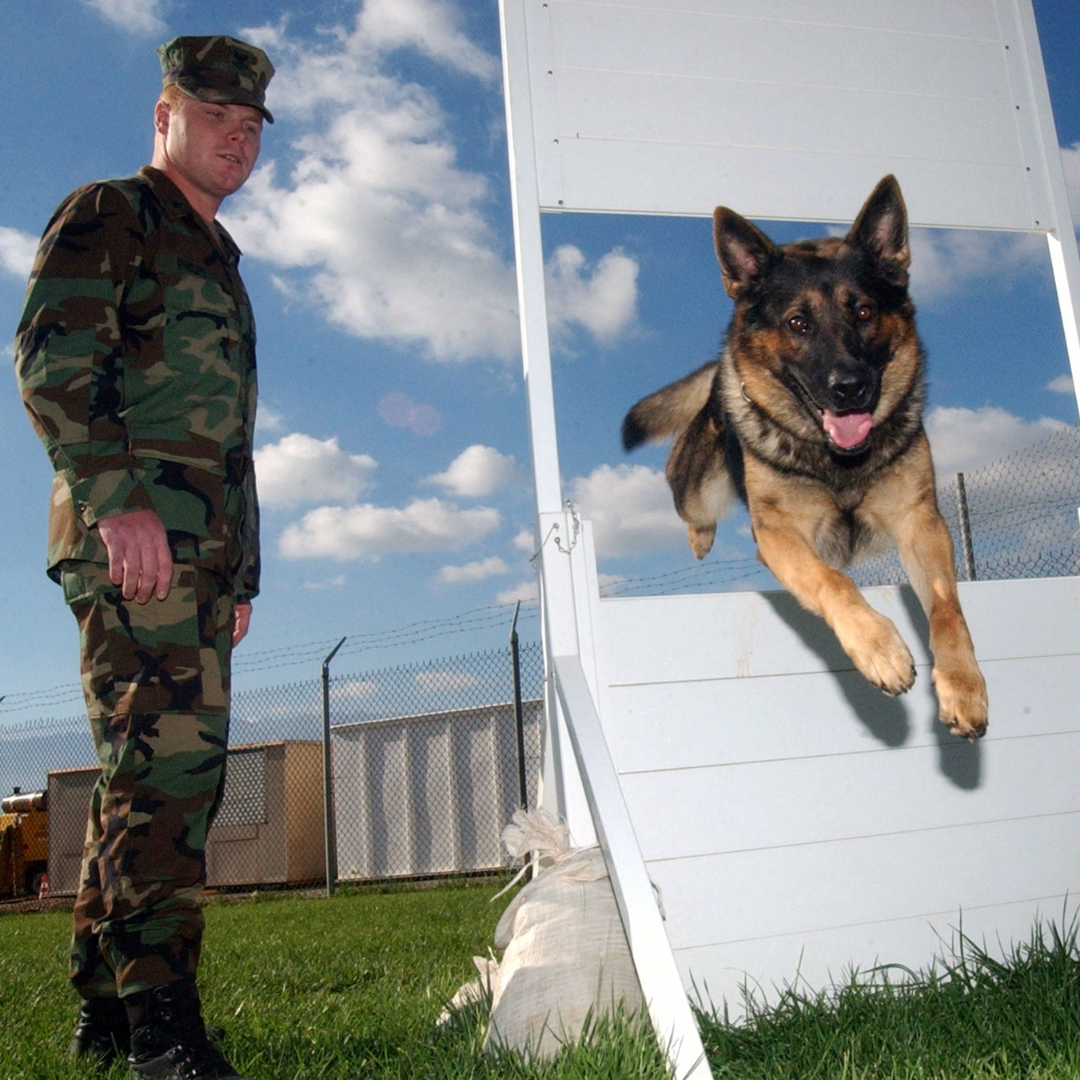Dog Training Charlotte NC: Your Course to a Mannerly Dog
Dog Training Charlotte NC: Your Course to a Mannerly Dog
Blog Article
Unlock Your Dog's Potential: Proven Dog Training Techniques for Success
Efficient dog training is a nuanced procedure that pivots on comprehending canine behavior and utilizing medically backed methods. By including positive reinforcement, developing clear commands, and prioritizing socialization, pet proprietors can cultivate an efficient connection with their pets.
Recognizing Pet Habits
Recognizing pet dog habits is crucial for effective training and fostering a favorable connection in between pets and their owners. A comprehensive understanding of canine body language, articulations, and social communications is essential for identifying their feelings and requirements. Pet dogs communicate mostly via non-verbal hints; as an example, a wagging tail may show enjoyment, while pinned ears can indicate anxiety or submission.

Additionally, environmental factors play a substantial duty in shaping a pet dog's behavior. Modifications in regular, new environments, or the existence of strange individuals can result in tension or anxiety in pet dogs. Recognizing these triggers allows owners to alleviate adverse responses and develop ideal training techniques.
Inevitably, a deep understanding of pet habits lays the structure for effective training approaches, improving both actions and the total bond in between the dog and its owner. dog training charlotte. This knowledge is important for cultivating a well-adjusted, happy canine companion
Favorable Support Techniques
Reliable training counts greatly on favorable reinforcement techniques, which have been revealed to produce considerable cause shaping preferred actions in canines. This strategy entails awarding a dog for showing particular actions, therefore raising the likelihood that these behaviors will certainly be duplicated. Rewards can take numerous types, consisting of treats, appreciation, playthings, or playtime, relying on what encourages the private pet.

It is vital to progressively terminate benefits as the dog finds out the behavior, transitioning to periodic reinforcement. This method maintains the actions with time while stopping dependence on continuous rewards. By concentrating on favorable reinforcement, fitness instructors can cultivate a trusting relationship with their dogs, advertising a healthy and balanced and cooperative training atmosphere that improves general obedience and performance.
Developing Regular Commands
A basic element of effective pet dog training is the facility of constant commands. Consistency in commands is critical for reliable communication between the pet dog and the instructor. When commands are uniform, canines find out to associate specific words with desired habits, which increases the training procedure and improves understanding.
To establish consistent commands, it is essential that all relative use the same terminology and gestures. If one person utilizes "rest" while an additional states "rest down," it can create complication for the pet dog. Select clear, distinctive words for commands and make certain everybody entailed in the canine's training sticks to these options.
Strengthen commands through frequent technique, making sure that the dog obtains sufficient chances to respond properly. When a pet effectively adheres to a command, immediate positive support ought to comply with.
Last but not least, hold your horses. Establishing consistent commands requires time and effort. With devotion and quality, you will aid your pet create a solid understanding of assumptions, eventually causing a mannerly companion.
Socialization and Exposure
Mingling a canine is essential for cultivating a well-adjusted and positive companion. This procedure involves exposing your canine to a selection of atmospheres, people, and various other pets to create their social abilities and versatility. Early socialization, preferably between the ages of three to fourteen weeks, is critical, as it prepares for a pet dog's future behavior.
Throughout socializing, objective to supply positive experiences in various setups, such as parks, busy roads, and homes with various other helpful site pet dogs. Present your dog to numerous stimulations, including noises, sights, and smells, making certain that each encounter is gratifying. This direct exposure helps minimize concern and anxiety, paving the method for an extra durable pet.
Engaging in controlled group play sessions with various other pets can likewise enhance social abilities, showing your pet appropriate communications and borders. Focusing on socialization will considerably contribute to your pet's total joy and behavior throughout their life.
Overcoming Common Training Difficulties

Dogs might have a hard time to focus in active or strange settings. Progressively desensitize your dog to disturbances by starting training in a quiet environment and slowly introducing more stimulations as they end up being efficient.
Furthermore, behavioral problems like jumping or extreme barking can come to be discouraging. Address these by showing alternative habits, such as sitting steadly when greeting guests. Uniformity and perseverance are vital; enhance desired habits continually and stay clear of abuse, which can bring about confusion.
Lastly, acknowledge that each dog is one-of-a-kind, and training timelines might differ. Tailor your approach to your canine's specific needs, and seek professional guidance if required. With perseverance and the right approaches, getting over these difficulties can cause a well-trained, satisfied canine companion.
Conclusion
Finally, unlocking a dog's potential demands a comprehensive approach that incorporates an understanding of canine habits, the application of favorable support techniques, and the establishment of constant commands. Early socialization and exposure to diverse environments further enhance a dog's adaptability and self-confidence. By resolving common training obstacles with tailored strategies and persistence, a harmonious and cooperative relationship between pet and handler can be fostered, ultimately causing a mannerly companion efficient in flourishing in different scenarios.
Efficient canine training is a nuanced news procedure that pivots on understanding canine actions and utilizing scientifically backed approaches.Understanding pet dog actions is crucial for effective training and promoting a positive connection in between canines and their owners.Effective training relies greatly on favorable reinforcement strategies, which have actually been shown to yield substantial results in forming wanted behaviors in pets. When commands are uniform, dogs discover to link particular words with wanted behaviors, which accelerates the training procedure and improves understanding.
In verdict, unlocking a pet dog's possible demands a comprehensive method that includes an understanding of canine actions, the application of positive reinforcement methods, and the facility of constant commands.
Report this page